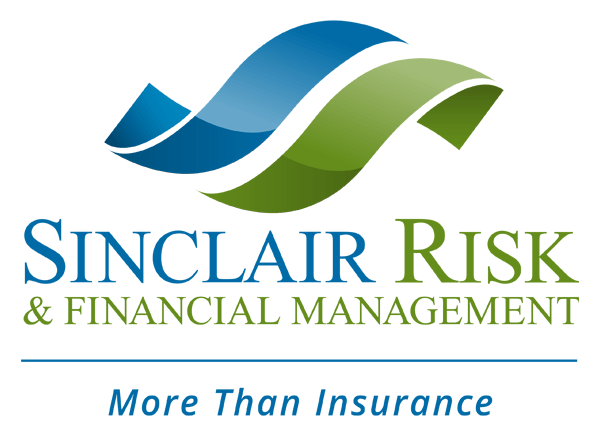 Take a look in the mirror…were those gray hairs there yesterday?
Take a look in the mirror…were those gray hairs there yesterday?
Take a look around your office…could you be asking the same question?
Nobody’s getting younger, not even me! But the American workforce is rapidly aging, creating a number of challenges for businesses of all types and sizes.
The secular trend is stark: From 1976 to 2006, the percentage of 20- to 34-year-olds in the workforce dropped from 40% to 31%. Meanwhile, the percentage of 45- to 64-year-olds rose from just under 30% to just over 36%.
Baby boomers on one end and declining birth rates on the other are just part of the reason. Older workers who may have planned on an early (or typical) retirement are finding that they just don’t have enough resources to stop working, even if they wanted to. For others, the culture of retirement has changed, and they want to stay active and involved, even if that means punching the same clock year after year.
Older workers bring a wealth of institutional knowledge, experience, and maturity to the workforce. But they also bring increased liability and costs. Heart disease, diabetes, cancer, and most alarmingly, obesity among staff are growing problems for employers , who bear the cost of increased worker’s compensation claims and higher health insurance premiums.
These chronic conditions are much more likely to afflict older workers. Individuals between the ages of 40-59 are three times more likely than 20-39 year olds to have “metabolic syndrome,” which is a group of risk factors like high cholesterol and obesity that elevate the chance of developing heart disease and other preventable health problems. In addition, overweight workers have an increased risk of being hurt on the job and have much longer recovery times.
So how does a business retain the experience, knowledge, and positive qualities of senior staffers without collapsing under the weight of chronic illness and worker’s comp claims?
First, start with a quality wellness program, implemented strategically to produce a real return on investment. (The Society for Human Resource Management has some excellent insight for consideration.)
Then, be sure to tie that wellness program into safety training. While this is especially important for manufacturers, builders, restaurants, and other businesses where physical and mechanical elements come with the territory, it’s also relevant for mostly deskbound office workers.
The National Institute for Occupational Safety and Health offers a very comprehensive report on the connection between workplace wellness and safety, noting:
• A worker’s risk of illness rises with exposure to occupational hazards;
• Those at highest risk for exposure are also most likely to engage in risky personal health behavior;
• Integrating wellness and safety programs may increase program participation.
Finally, don’t underestimate the power of making mentorship a part of your company’s culture. Encourage your more experienced staffers to share their valuable knowledge with younger workers. Everyone will feel more invested. It will dovetail nicely with your wellness program.
At Sinclair Risk, our experts can help you creating a healthy, positive workplace, gray hair and all.
Dave Sinclair
CEO – Sinclair Risk & Financial Management Dave@SRFM.com